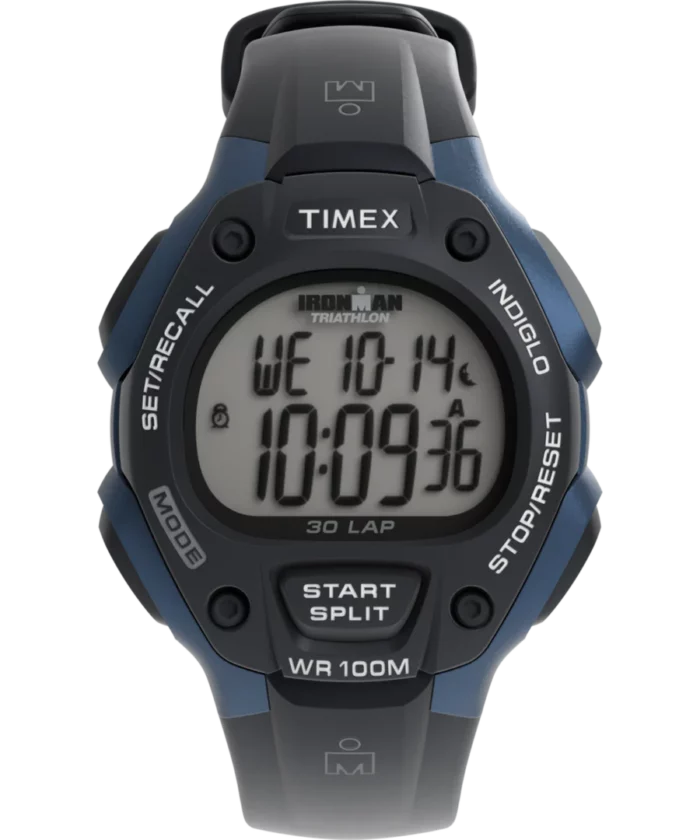
Question: What do you use for time keeping at sea? If you use a wristwatch then which one?
There really is more to our choice of time keepers than first meets the eye.
Here are the features that we won’t do without:
- A large enough digital readout that we can see the time with our middle-aged eyes, even when we are tired and/or in dim light.
- Really good back-lighting, so that we don’t have to turn on a light or use a flashlight to see the time during night watches.
- An alarm that is loud enough for us to hear with our middle-aged ears, especially when we are dressed for cold weather with a watch cap and hood on (actually, this is becoming more of a problem all the time as we both get deafer).
- A timer that is easy to set, start and stop for use in tracking radar targets (we set the timer for 6 minutes, mark a target’s position at the start and again when the timer goes off, and multiply the distance by 10, giving us our relative speed in knots).
- Two time settings so that we can keep one on GMT and change the other depending on our location.
- Easy to manipulate buttons, for when it’s cold and we have gloves on.
- Water resistance, for reasons that should be obvious!
Looking at that lengthy list of requirements, I wouldn’t blame you for expecting our time keeper of choice to be an extremely expensive watch advertised in glossy magazines by the likes of André Agassiz; however, we (and our banker) are happy to report that it’s a lowly Timex Ironman 30-Lap that retails for less than Cad$100.

I would add to your requirements: Analog hands with glow in the dark feature so it’s easy to read the time at a glance. My IronMan is 4 years old and has hands as well as digital features.
Timex also has an Expedition Shock watch that vibrates… I am hard of hearing so the vibration is fabulous. And it is inexpensive!
Hi David,
Thanks for the tip, I didn’t know that and love the vibration feature on my Apple watch. Great to hear you can get that at a fraction of the price.